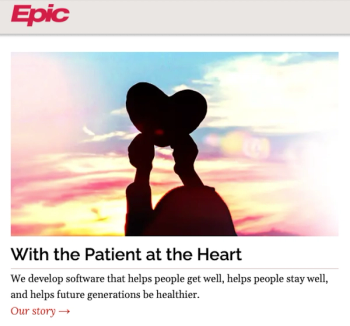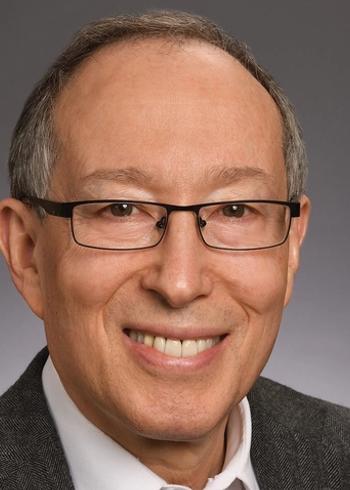
Avoiding financial disaster when collecting patient debt
As deductibles rise, the ability for you to avoid financial ruin gets to be tougher if you don’t take patient balances seriously. So what to do?
You’re sitting in an exam room with a patient who’s been with you for years. There have been a wide assortment of maladies addressed over that time. And, to the delight of both you and your patient, the outcome has always been successful. From all outward appearances this looks to be a superb relationship. You understand him. He trusts you; even recommends you to folks he knows.
Related:
But now this patient asks you how much something will cost as he recently switched to
The Kaiser Family Foundation reports in its
However, Kaiser also found that the average deductible for such plans rose 12 % in 2016. The survey also found that the average deductible is now above $2,000. It noted that deductibles are rising much faster than premiums, almost six times faster than wages.
The Foundation’s study suggests that Americans are seeing a shift from “what is comprehensive coverage to what is skimpier coverage, with more skin in the game for workers.” It adds that despite all the arguments about the ACA, there is no evidence that the healthcare reform law is pushing up premiums in the employer-based insurance market.
Further reading:
The world you’ve lived in is fading quickly. Gone are the days when all you concerned yourself with was making sure your front desk
Today 30 to 50% of the financial obligation -- the money owed you -- sits with the patient. And when he has a deductible than can easily be as much as $6,000, there’s a high likelihood collecting money owed will take lots of time and cost you lots of money to get it.
Unlike insurance companies and Medicare, who process and pay promptly, healthcare consumers are far more reticent to pay quickly. It has little, if anything, to do with you as a medical professional or person. Your patients have other obligations they’re more inclined to act on more quickly. If they don’t pay the electric utility, the lights get shut off. You don’t have that sort of leverage.
Hot topic:
To be fair, though, how people pay is also a reflection of how they are billed. The power company, like most organizations, presents customers with bills online. It’s the preferred way as more and more consumers manage much of their lives online. Interestingly,
A key point to dwell on is the aspect of understandability. Most medical bills are as easy to comprehend as the hieroglyphics on the walls of tombs of the Egyptian kings. Fold into that the confusion created by the lack of alignment between the bill and an Explanation of Benefits and it’s no wonder open balances grow and age.
Evidence of this can be found in a detailed analysis done by ACA International, a credit and collections industry association, its
Institute a time of service collection process. Get some portion of the expected balance before a patient even steps into an exam room. This will help with cash flow and keep a lid on the size of outstanding balances.
The Medical Group Management Association notes that as many as 3.4 paper statements must be issued before any payment is received. Given that, evolve toward a faster, more efficient and effective mode of billing. Look to ditch the paper and go paperless. The payment cycle can be cut to as little as one-tenth the time you’re experiencing with paper bills. Plus savings per payment can be as much as $4.00 per statement. Along with electronic billing, look for a solution that aligns charges with an EOB and makes it utterly clear what’s been charged, what’s been paid and who owes whatever remains. Eliminate confusion and the willingness to pay spikes.
Further reading:
Lastly, ask your business office or outside billing service or revenue cycle management firm, if you’re using such outfits, whether these moves can boost your practice’s collection rate.
If they say yes, good. Then ask if a 50% collection level is attainable. Let me assure you, by taking the actions I suggest above, the answer can be yes.
Tom Furr founded Durham, North Carolina-based PatientPay, the patient payment solutions company that offers a patented online billing, collection and reconciliation services that can be embedded in all current popular management and healthcare information systems, to enhance the productivity and profitability of medical practices, ambulatory networks and hospital systems.
Newsletter
Stay informed and empowered with Medical Economics enewsletter, delivering expert insights, financial strategies, practice management tips and technology trends — tailored for today’s physicians.














